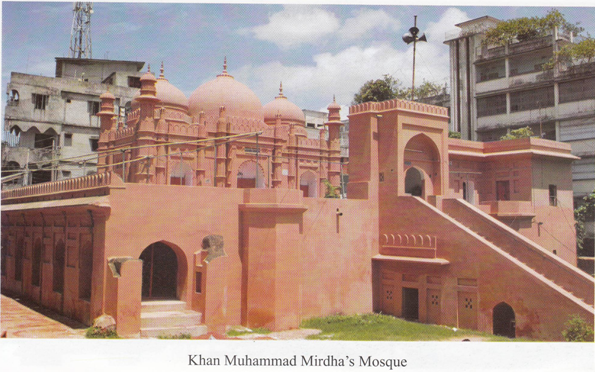Salimullah Muslim Hall Dhaka
Salimullah Muslim Hall is a building of a much later date. Its foundation was laid on 22nd August 1929, by the then Governor of Bengal. But really the Muslim Hall came into existence from the day the University was established. It was first housed in the western portion of the University building (present Dhaka Medical College Hospital), and after the construction of the present building, the Hall was shifted there. During the war the entire building was appropriated by the Government for the sick and wounded. The students were shifted to one wing of Fazlul Huq Hall. In 1946 the Hall was released. The present provost of the Hall is Dr. Mazharul Huq.
The style of its architecture is different from that of the buildings described earlier. In general plan it follows the system of other Halls – a quadrangular courtyard, beautifully laid with a garden, is enclosed by four rows of residential rooms in two storeys. The rooms have continuous verandahs towards the courtyard, through the centre of which a covered passage runs joining southern and northern wings. The main entrance is in the middle of the southern side, and opens between two square towers, topped with yellow dome. These open into a verandah behind which is the Assembly Hall. In order to match with this southern arrangement, the northern side provides for a common room and a dining hall in the ground floor and prayer hall in the second storey. The frontage in the south has a continuous verandah, and is also provided with subsidiary porches. The four corners are prominently marked by square projections with triple domes as crowning element. The arches are all pointed but the windows have flat lintels. The arrangement is, no doubt, more systematic than in other Halls, and there is perfect unity in the different parts of the building. The frontage in the south is quite arresting. There is no poverty of architectural elements though the older elements have mostly vanished.


